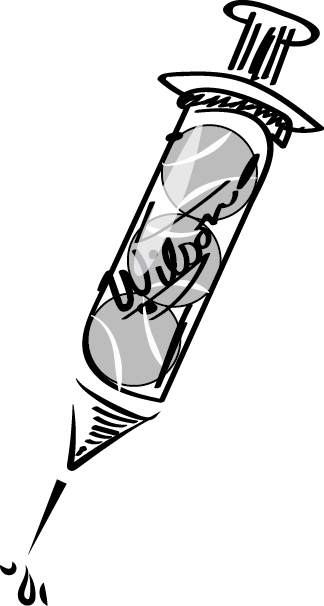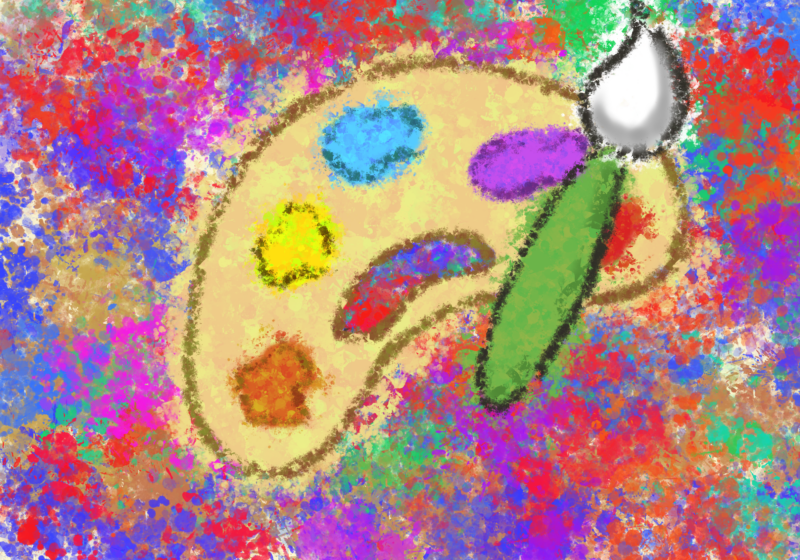Considering that professional tennis is widely regarded as being in the midst of a “golden era,” with several of the all-time greats actively competing, the sport should be making headlines for the incredible on-court action that’s taking place almost every week. Unfortunately, the biggest news story for tennis in 2016 has been the doping suspension for one the biggest stars not just in tennis, but across all sports: Maria Sharapova.
Sharapova’s announcement last month admitting that she failed a drug test came as a massive shock to just about everyone. But after the initial surprise wore off, the news seemed to be the tip of the iceberg for plenty of unwarranted claims and assumptions about drug use in tennis.
First of all, the fact of the matter is that the general public will probably never know the complete full story about Sharapova’s case. Was she really taking meldonium—which only became a banned substance at the beginning of this year—for medical reasons because her family doctor prescribed it, as she claims? We’ll probably never know.
Sharapova herself admits she made a mistake by not paying close enough attention to the notifications alerting her that this substance was going to be banned, and she certainly deserves to be punished for failing the test, regardless of why she was taking the drug. There is little debate in this regard. There are rules, she broke them, and therefore she should be punished. That much is simple.
 The issue arises, however, when her case somehow becomes evidence of a doping problem within tennis. Yes, for all we know it could come out tomorrow that eight of the top 10 tennis players in the world have been using banned substances for years. But until more concrete evidence does come out, it’s unfair to these incredible athletes who have dedicated their lives to their sport to assume that they got where they are because of doping.
The issue arises, however, when her case somehow becomes evidence of a doping problem within tennis. Yes, for all we know it could come out tomorrow that eight of the top 10 tennis players in the world have been using banned substances for years. But until more concrete evidence does come out, it’s unfair to these incredible athletes who have dedicated their lives to their sport to assume that they got where they are because of doping.
The most frustrating example of a player being unfairly accused of doping is Rafael Nadal, who is famous in part for the sleeveless shirts he used to wear, displaying his well-defined, muscular arms, which are large for a tennis player, but by no means inhumanely massive. For many years, the Spanish lefty, winner of 14 Grand Slam titles, has been accused by fans, journalists, and other athletes of doping, despite there existing absolutely no legitimate evidence against him.
Here’s an analogy: Imagine you spend weeks studying for a huge test and then you get an “A.” Another student also does well, but the professor determines that the student had seen a copy of the test beforehand and knew the questions going in. The cheating student ends up failing, but the professor also accuses you of having cheated, for no other reason than because you also did well on the exam. This doesn’t sound very fair, does it?
Nadal is far from the only player to be unjustly lumped into doping controversy, but his physique and physical style of play will always make him a prime candidate for these allegations. Furthermore, many believe that Nadal’s past injury layoffs should be looked at suspiciously, because twice in his career he missed several months—having had recurring knee issues—only to return and quickly reestablish himself as one of the game’s elite.
It’s not as if when healing from an injury he forgot how to play tennis. It shouldn’t come as such a surprise that one of the best players of all time was able to win matches after healing and actually getting healthy. In fact, it makes perfect sense. What doesn’t make sense is claiming that his injury layoffs were actually silent doping bans that were covered up by the guise of injury.
It’s one thing to criticize Sharapova for mistakes that even she admitted, but to bring other great players into a controversy without reasonable proof? It’s unfair, irresponsible, and wrong.




